The Difference Between Terrariums, Vivariums, Paludariums, and Ripariums
Terrariums, vivariums, paludariums, and ripariums are all types of indoor gardening setups that are designed to replicate specific ecosystems. Here are some differences between these types of setups:
-
Terrarium: A terrarium is a container, often made of glass, that is designed to mimic a miniature ecosystem. It usually contains plants, but may also include small animals or insects. A terrarium is typically closed or partially enclosed, and maintains a high level of humidity to support plant growth.
-
Vivarium: A vivarium is similar to a terrarium, but typically contains live animals in addition to plants. It may be designed to replicate a specific ecosystem, such as a rainforest or desert, and requires careful attention to temperature, humidity, and lighting to ensure the health of both plants and animals.
-
Paludarium: A paludarium is a type of vivarium that is designed to replicate a wetland ecosystem. It typically contains a mix of aquatic and terrestrial plants, and may also include small aquatic animals such as fish or turtles.
-
Riparium: A riparium is a type of indoor garden that is designed to replicate the ecosystem found along the edges of rivers and streams. It typically contains plants that are adapted to grow in wet environments, and may be set up to include a small aquatic section or waterfall.
Overall, while these types of setups share some similarities, they are each designed to replicate different types of ecosystems and may require different types of plants, lighting, and other environmental factors to thrive.


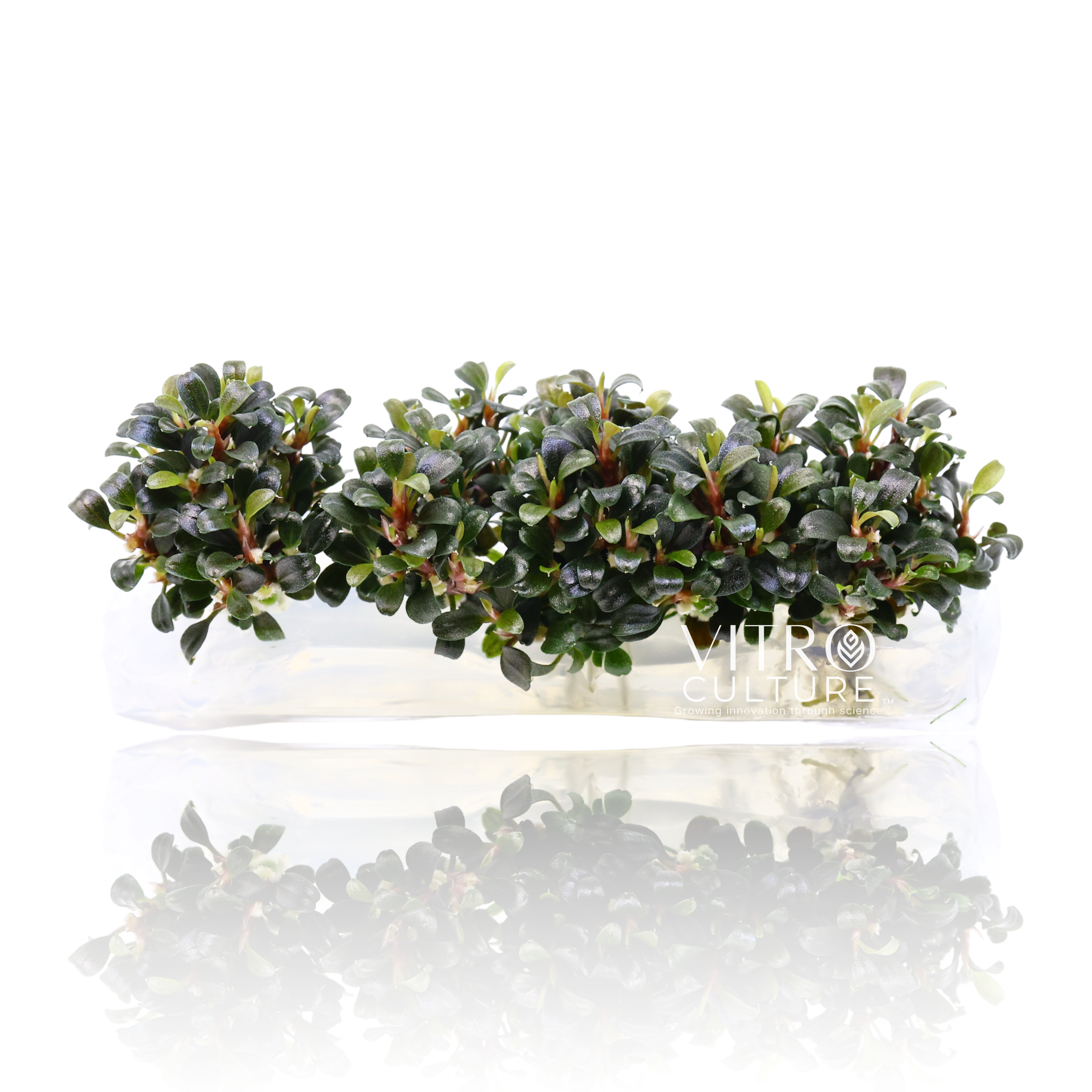
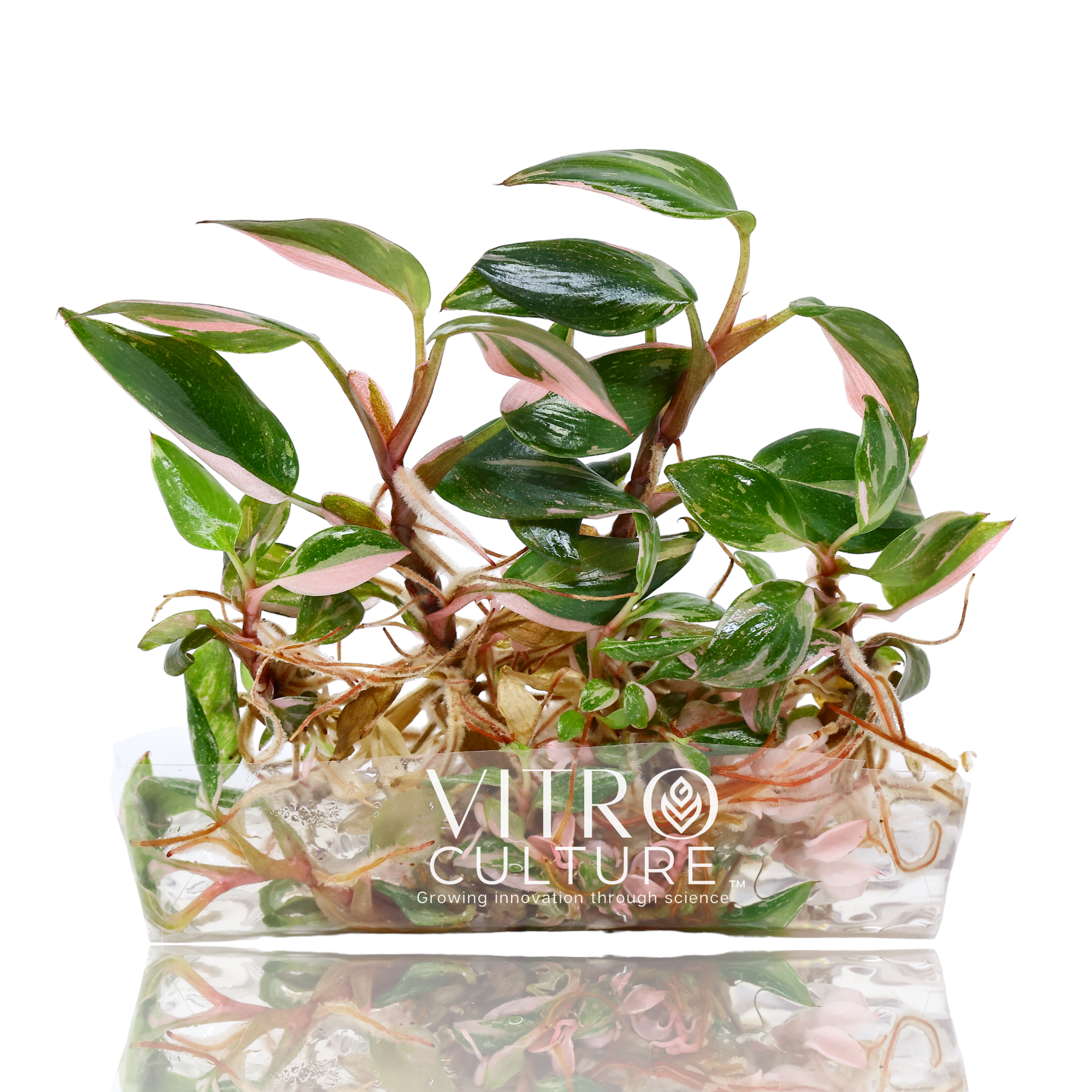
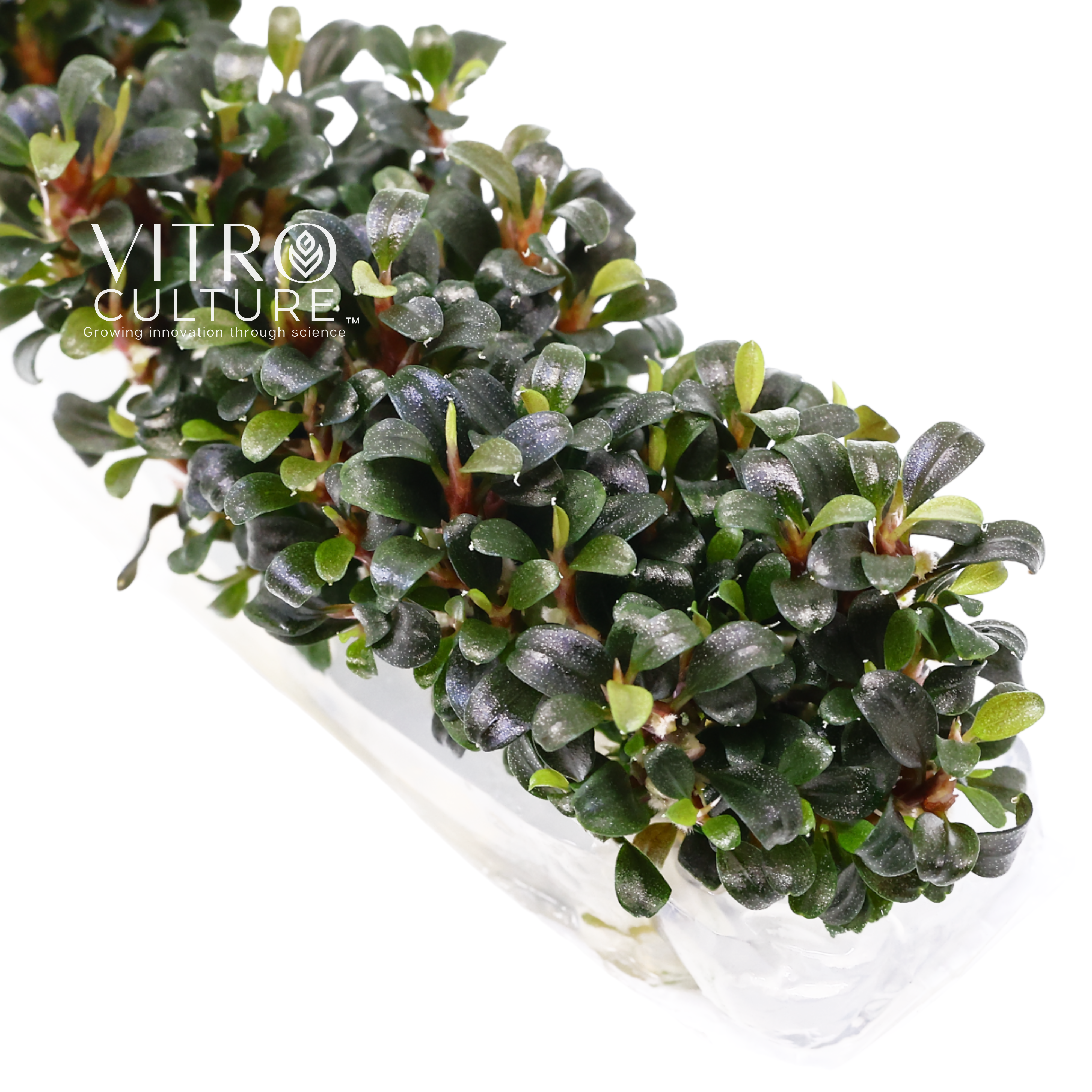
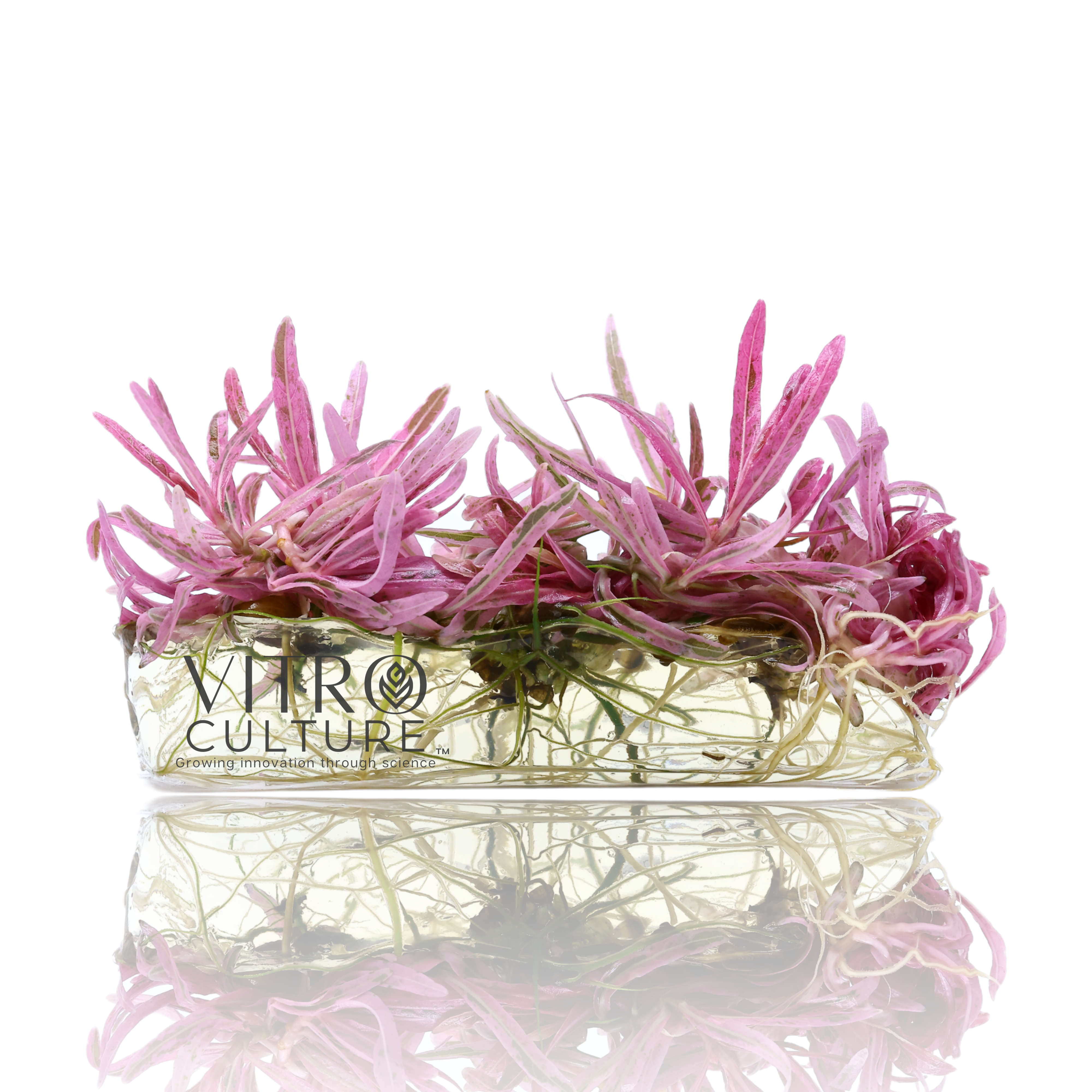
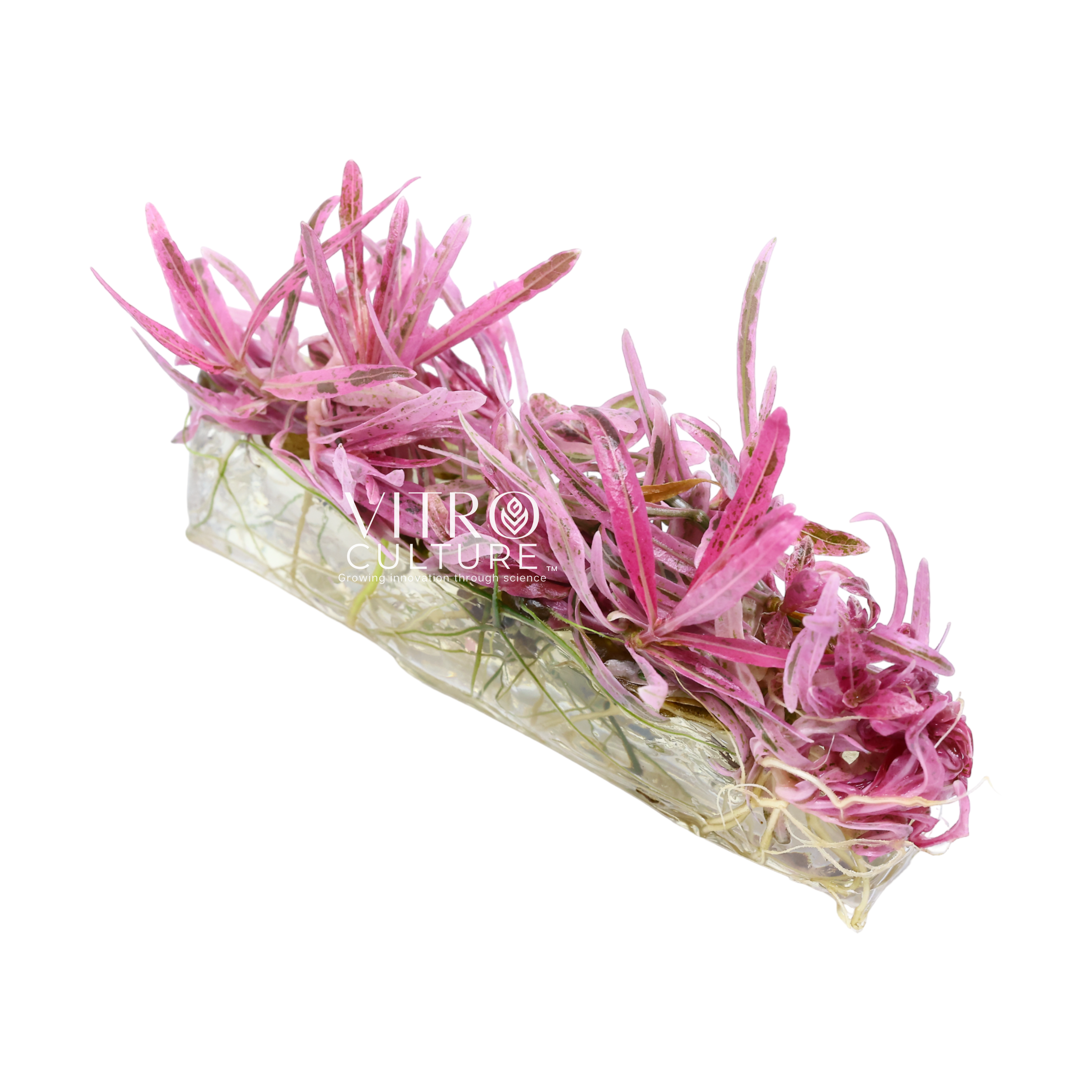
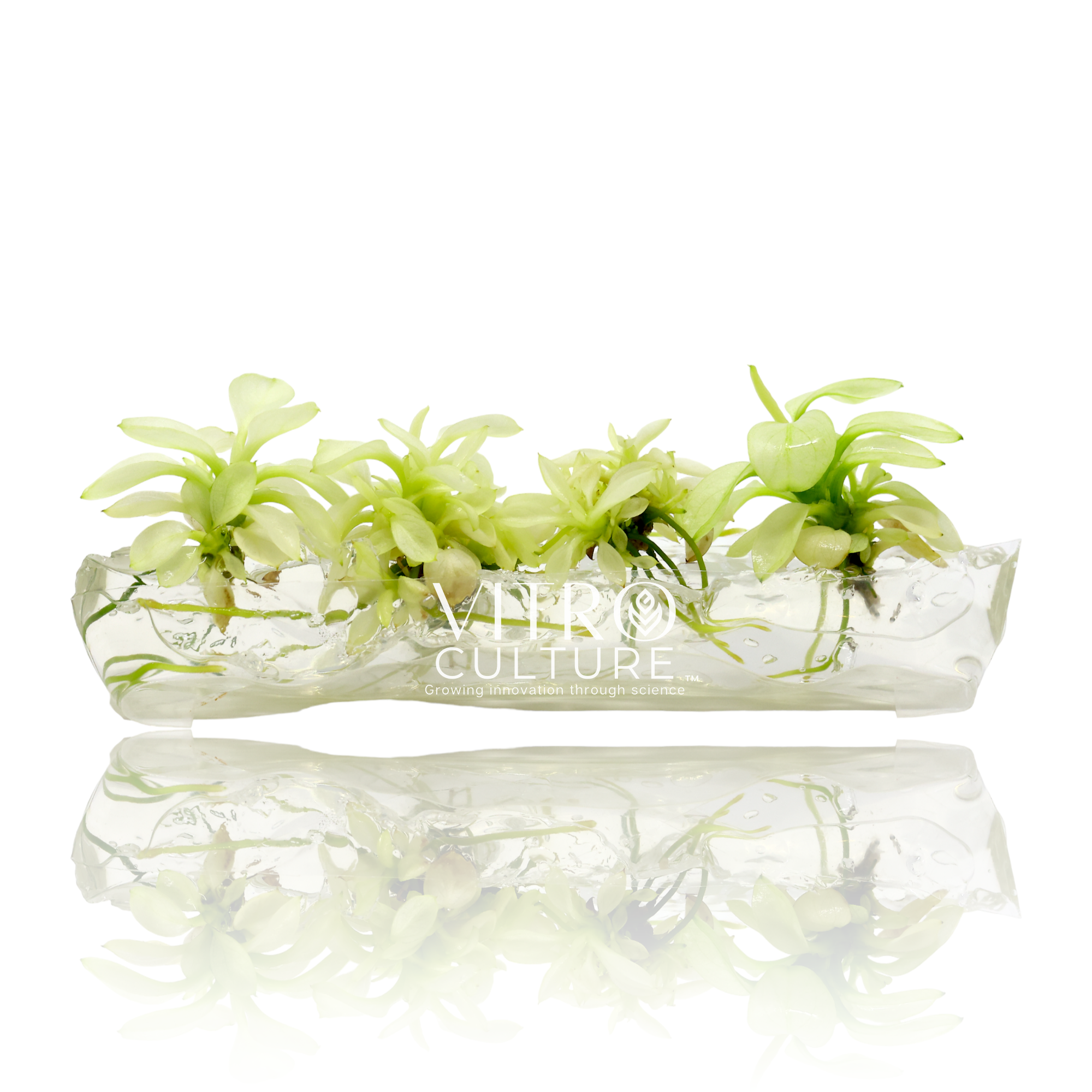
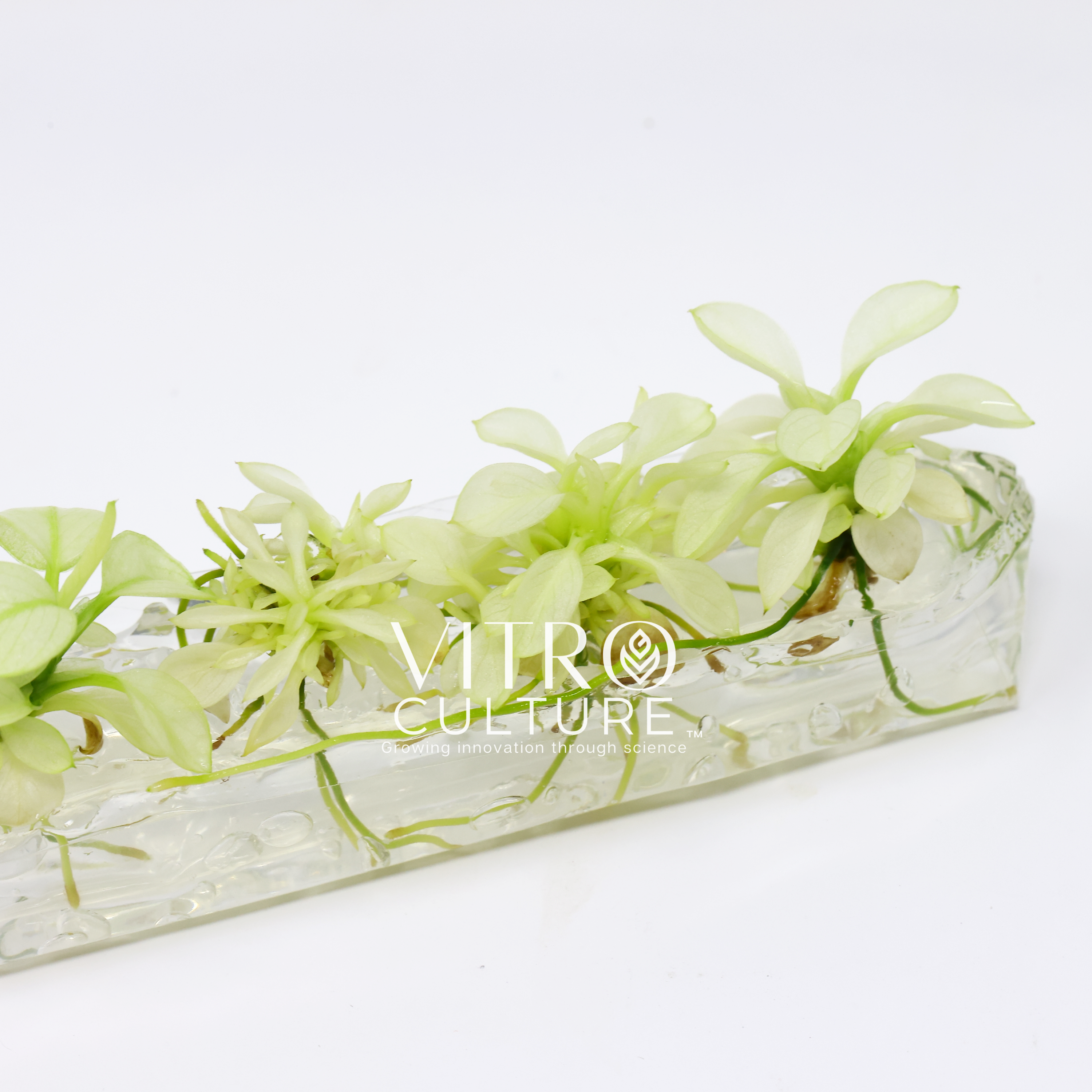
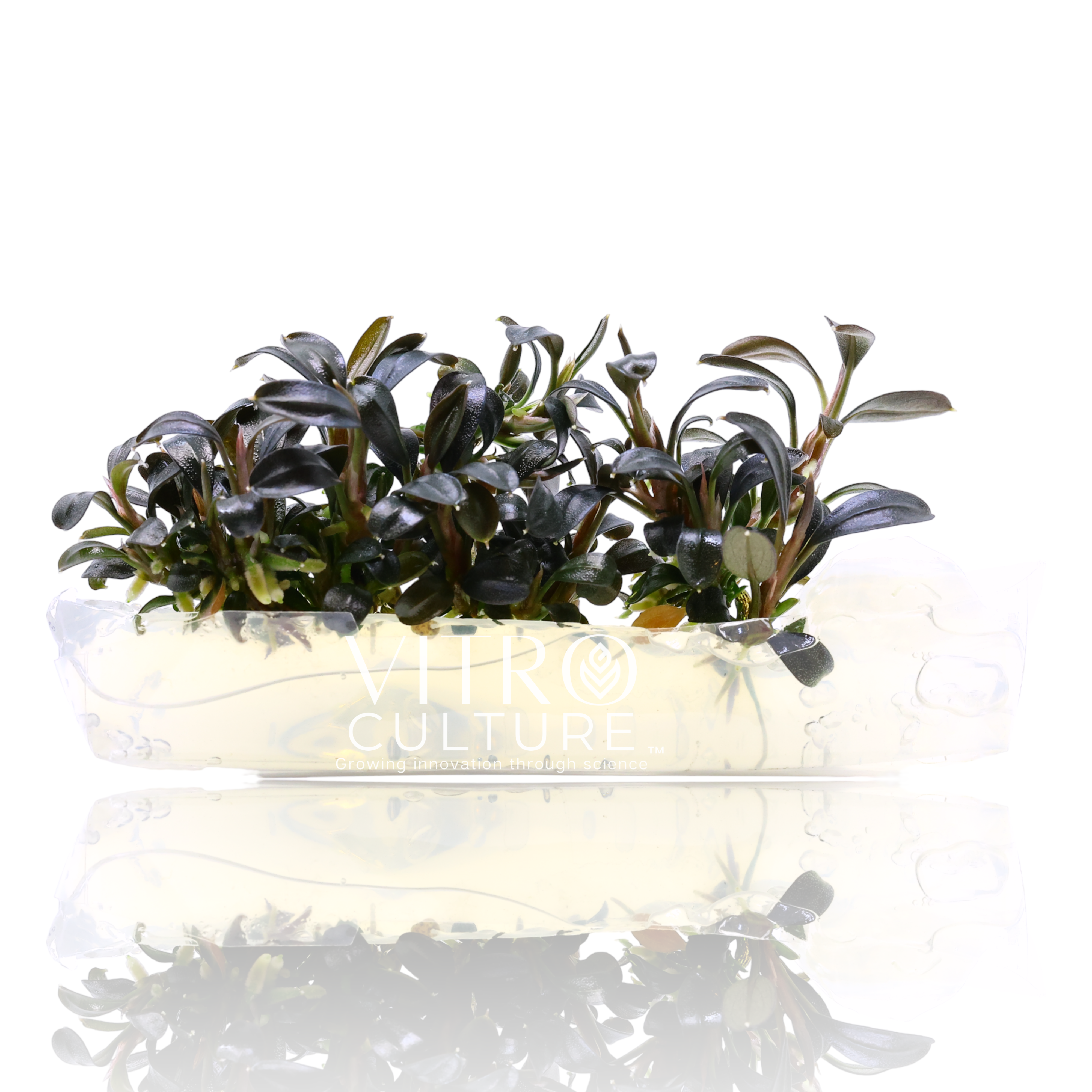
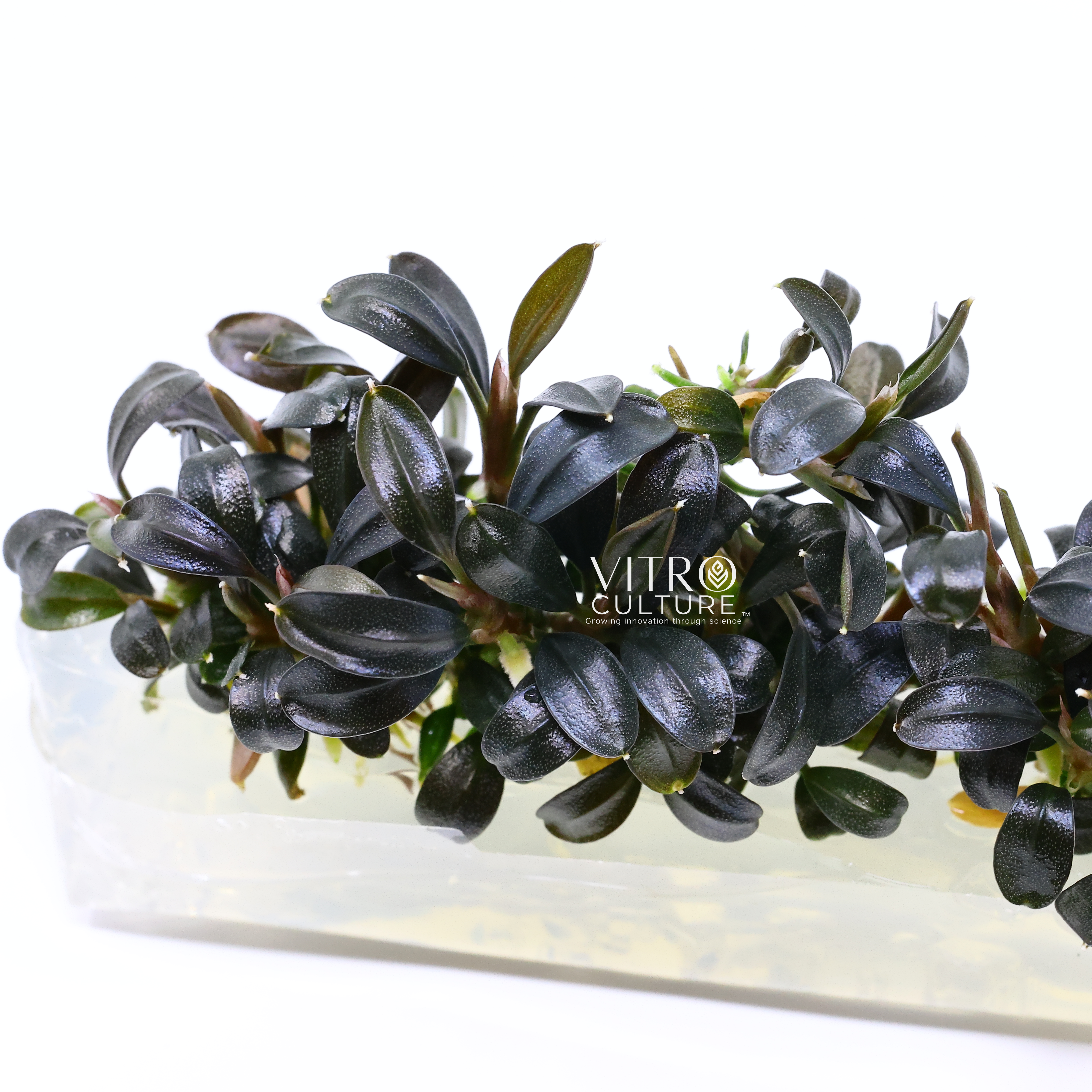
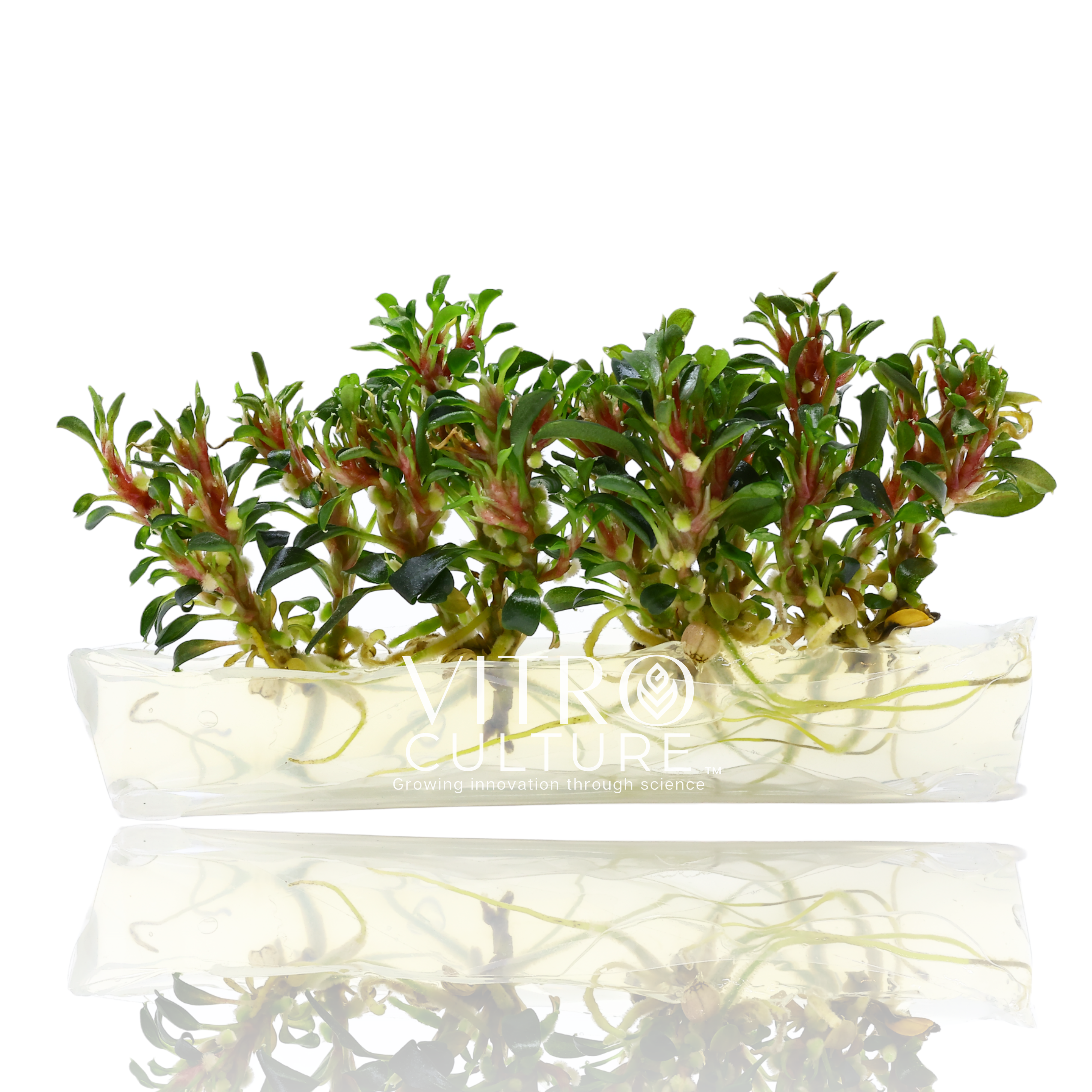
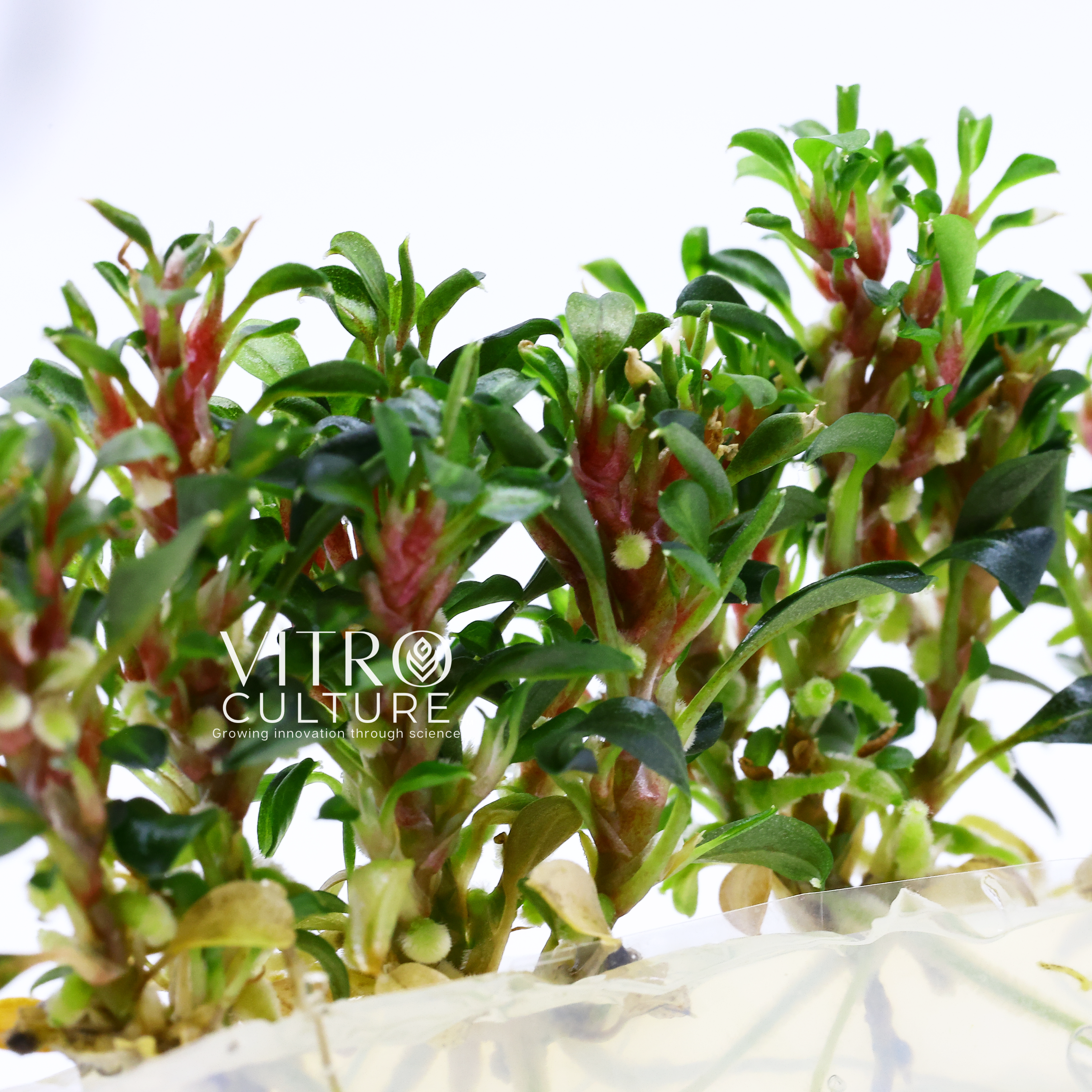
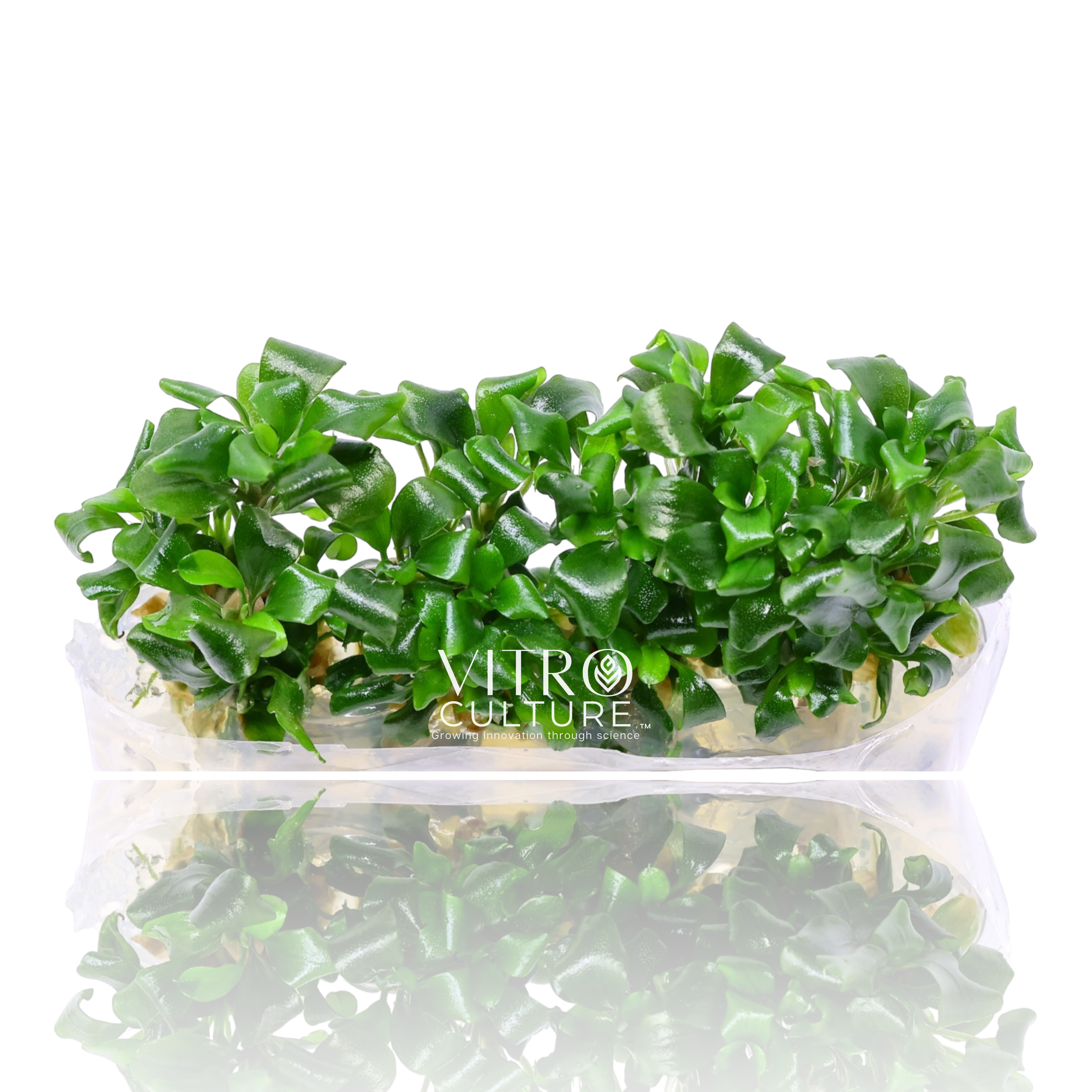
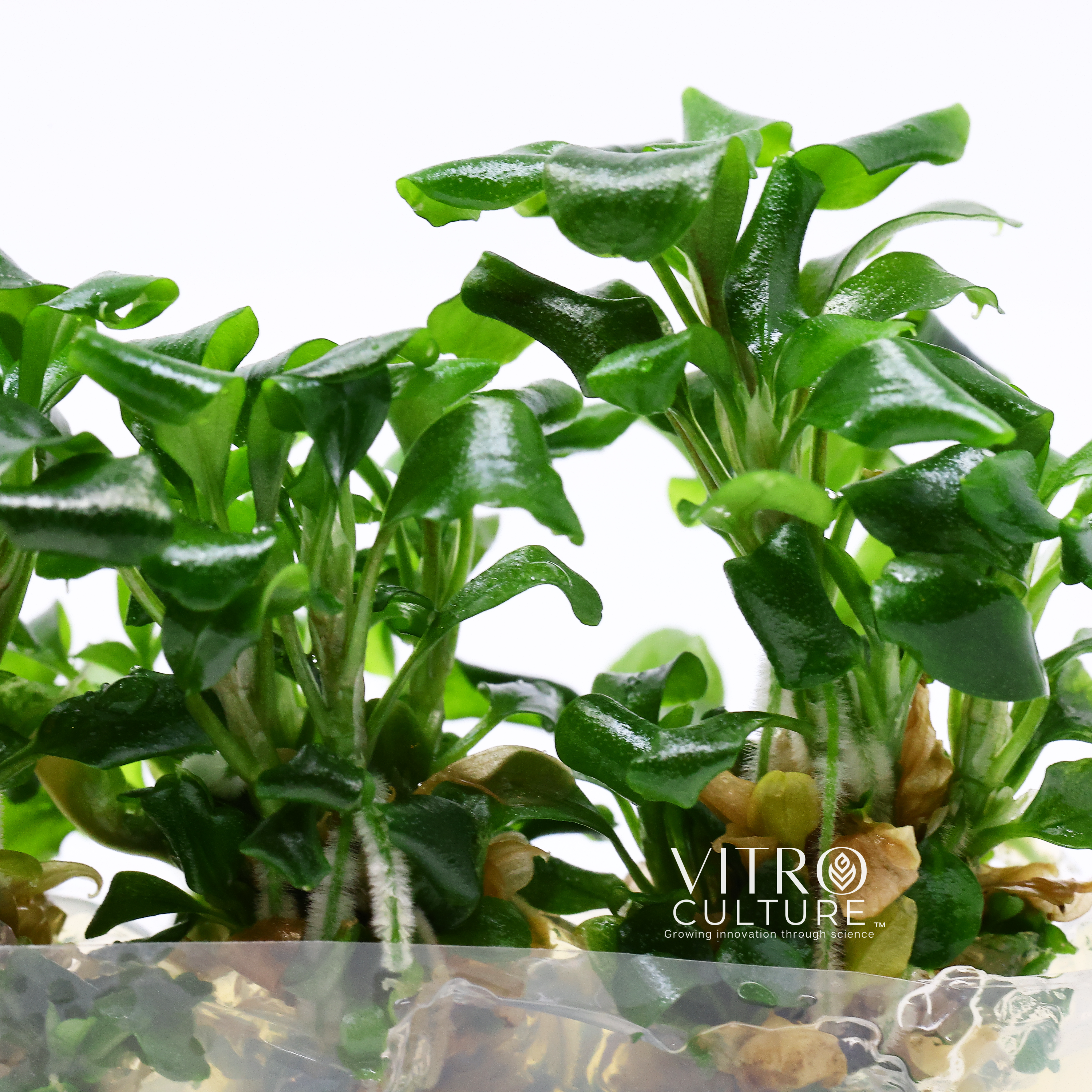
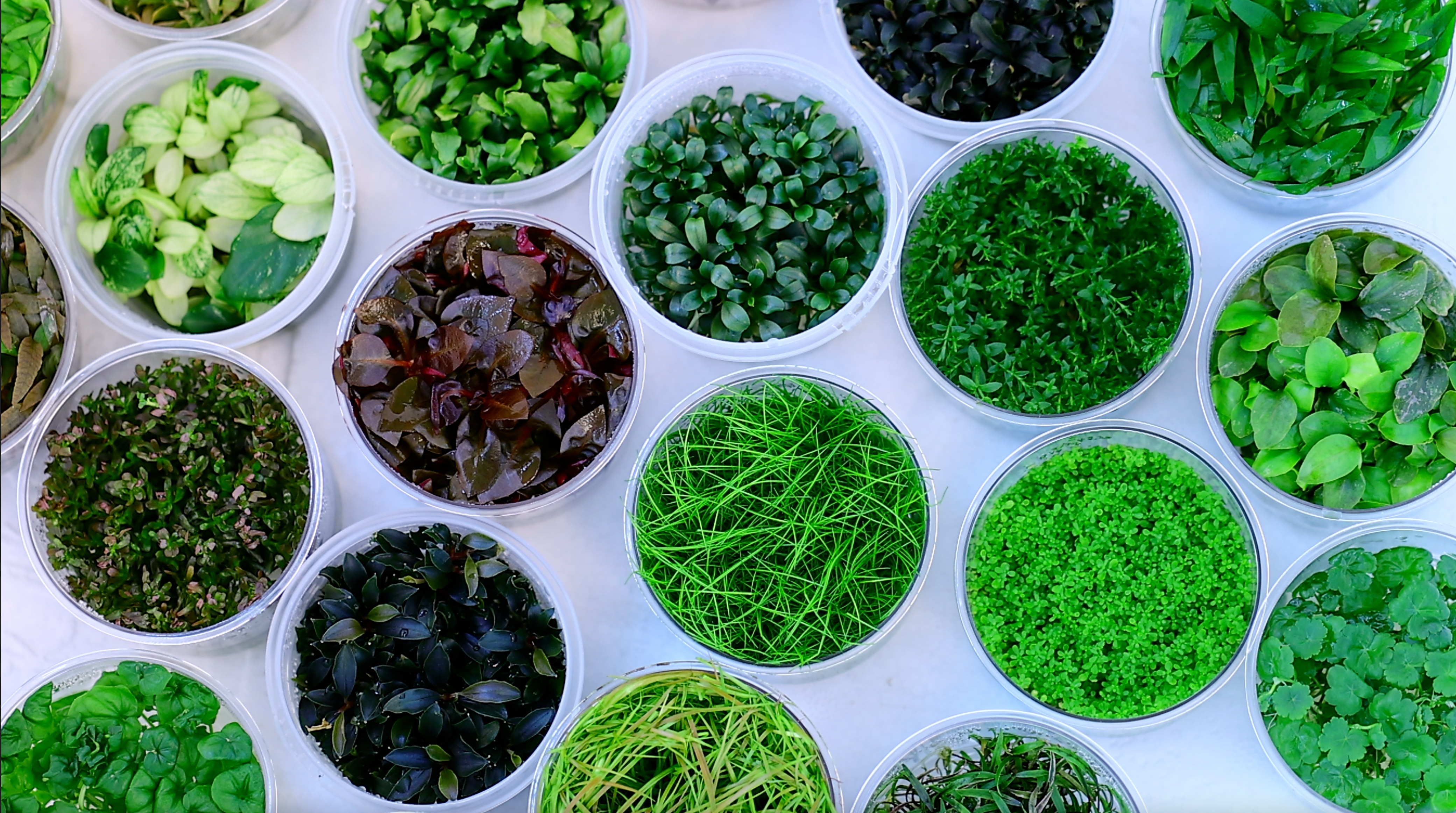
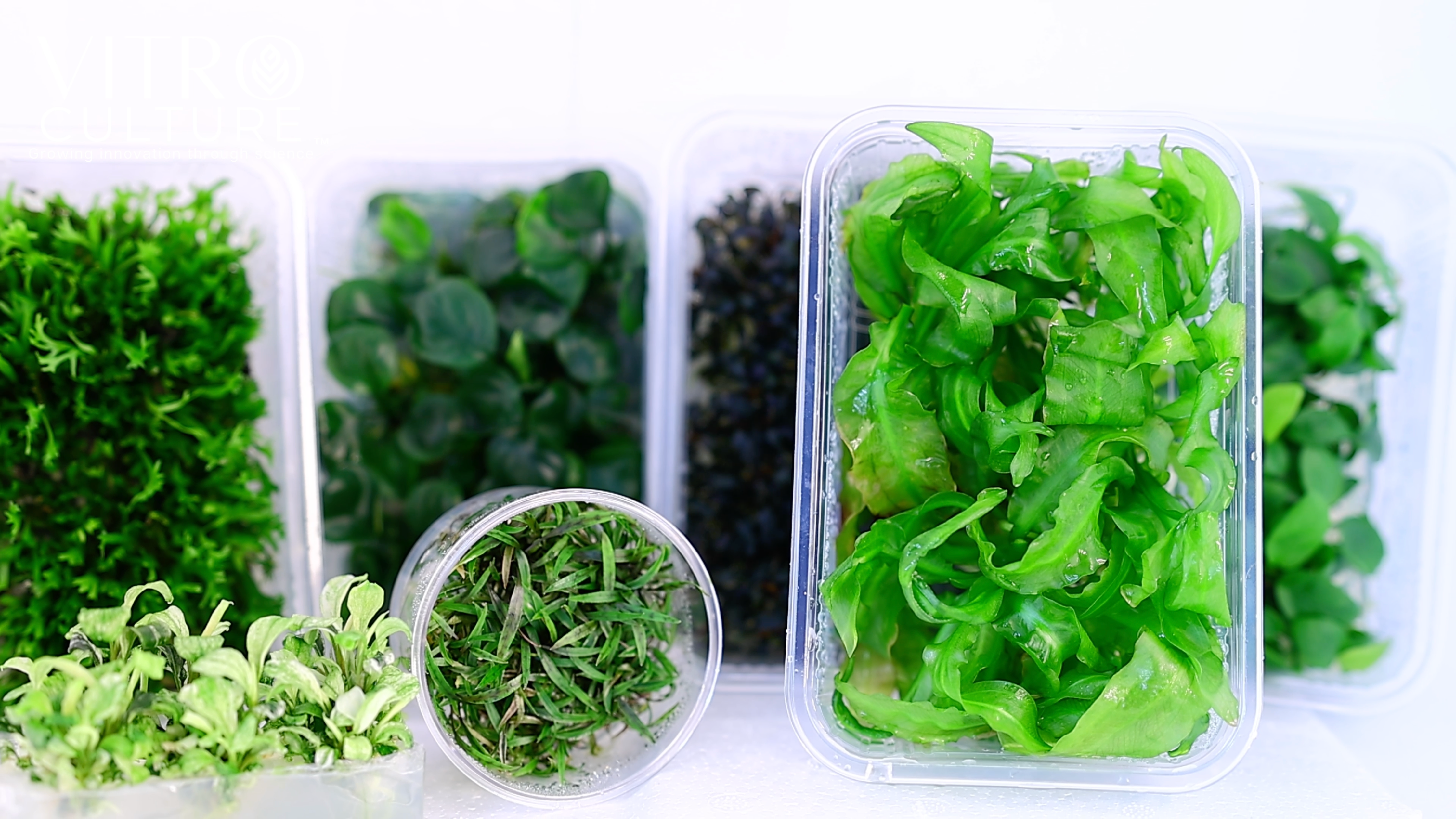

Leave a comment